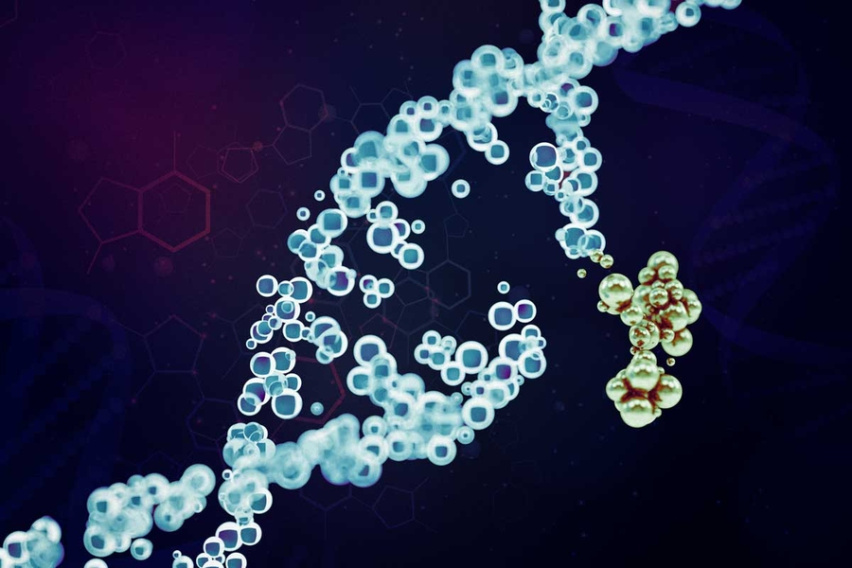STAT News
April 6, 2020
STAT Madness was aglow with excitement for the Belcher Lab’s SWIFTI fluorescent imaging system, which allows surgeons to find and remove tiny ovarian cancer tumors. Their bacteriophage-nanotube system won 70% of a record-setting 699,315 votes in the final round; however, it is the 40% improvement in survival in preclinical models that the team is most proud of. “We’re working on a problem that we feel very, very passionately about,” says Belcher. With a near-infrared eye on early detection as well, and a newly granted patent in hand, the team is courting a real slam dunk for ovarian cancer patients.
Cheers also to the Wittrup Lab, which made it to Round 3 with a “Velcro Vaccine” that binds cancer-killing cytokines to collagen inside tumors, preventing damage to healthy tissue. All in all, that's full court impressive!
